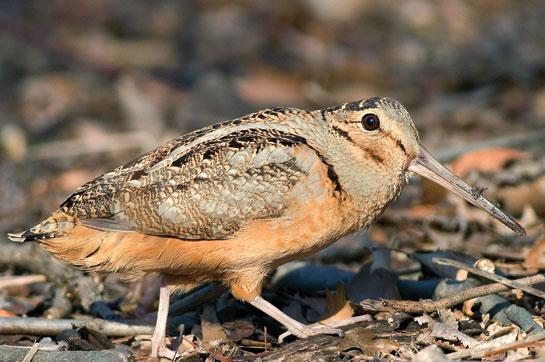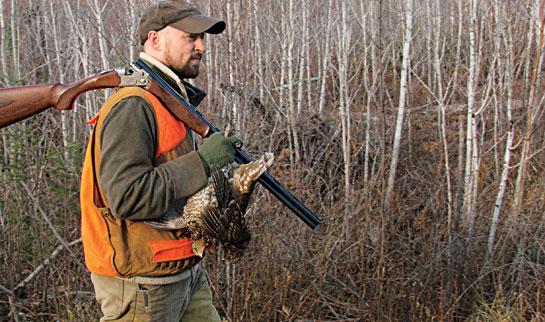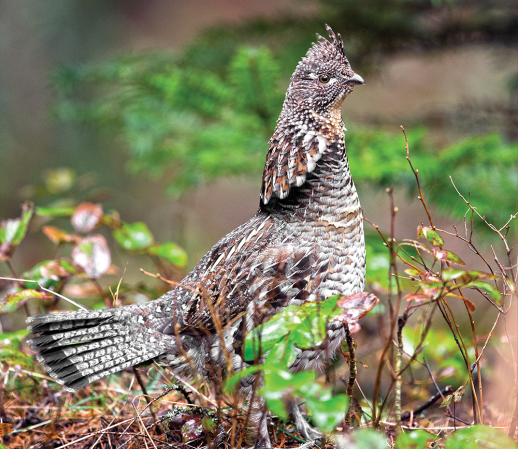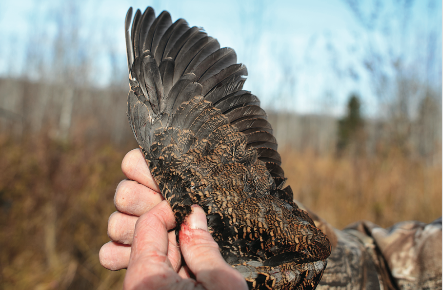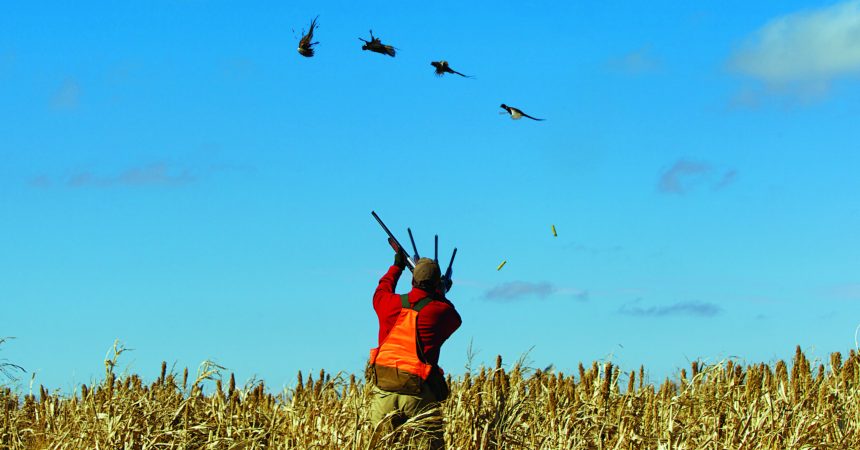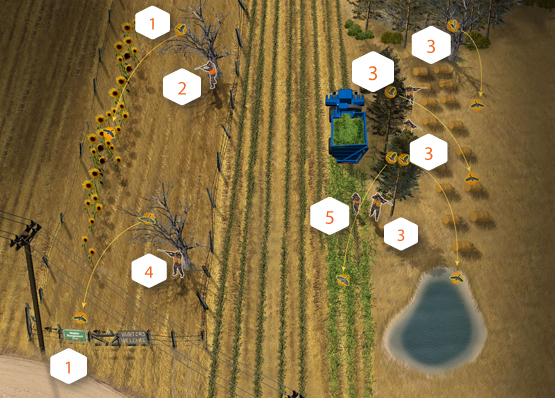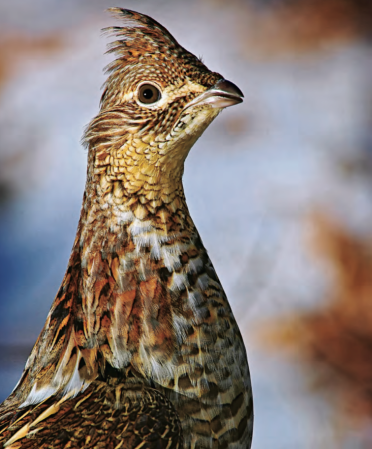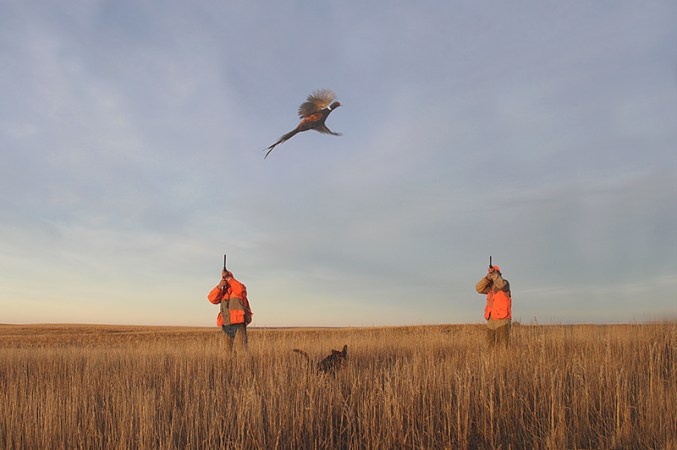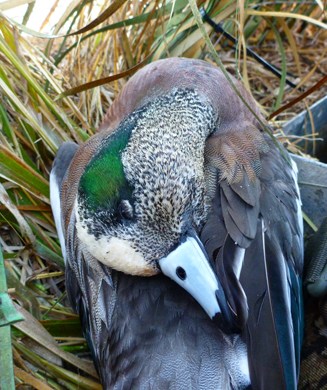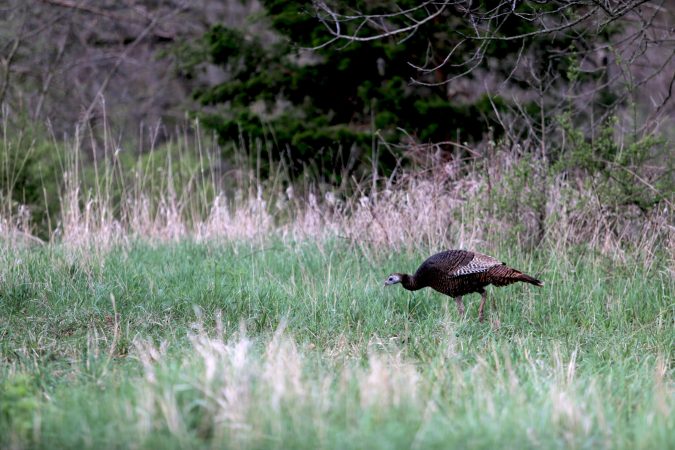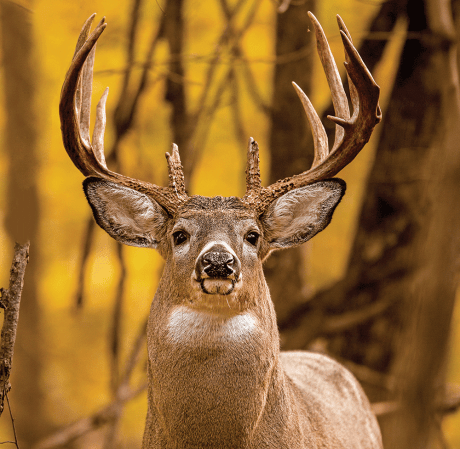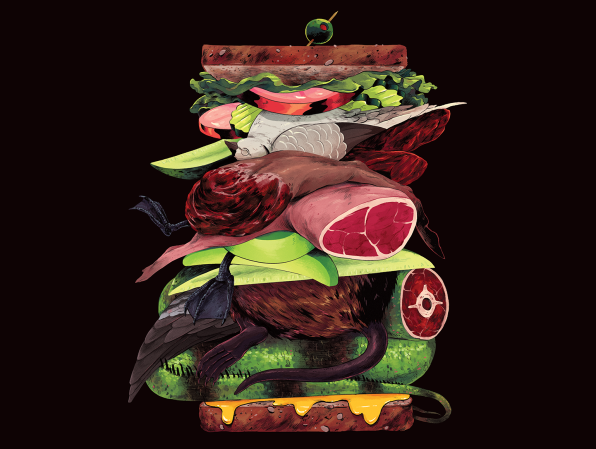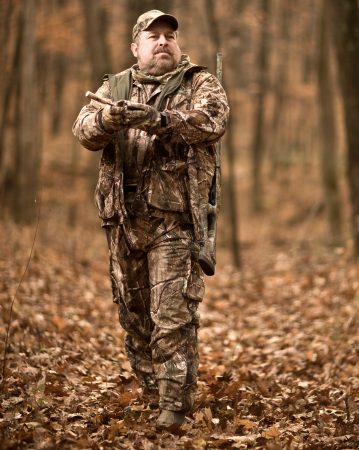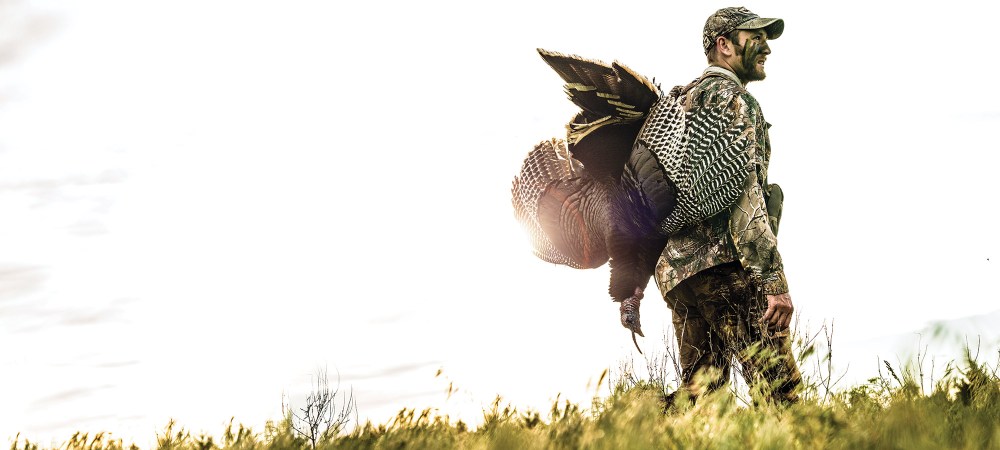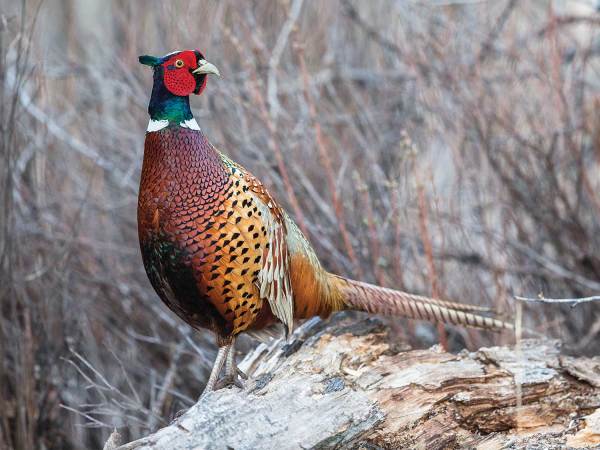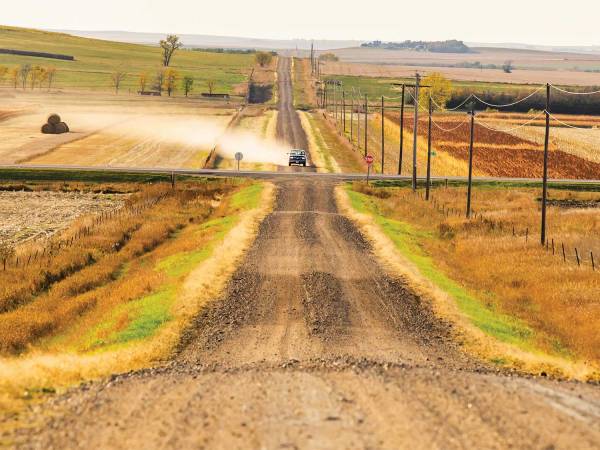As woodcock hunters, we think we have the birds all figured out. We wait for October and watch weather websites for freezes to the north that will push woodcock our way. We know the big moon will guide the birds on their nighttime migrations. When the time is right, we work classic habitat such as young aspen or birch, or walk alders along a brook or marsh. Woodcock wonderland, right? Not always. Despite perfect conditions and prime habitat, coverts sometimes turn up empty.
But just because they’re not where they’re “supposed to be” doesn’t mean they’re not around. Timberdoodles look for three habitat features: soft and usually moist soil where they can use their long bills to probe for earthworms, grubs, and insects; a canopy of branches overhead for protection from avian predators; and relatively open sightlines along the covert’s floor, so they can see danger coming.
Find those habitat features and you have a good chance of finding birds, even if it’s not classic cover. Here are nine spots to search for out-of-the way woodcock this season.
**
1) Goldenrod field:** This wildflower generally grows in damp places, which means the soil is soft and rich, and the ground is open, so woodcock can maneuver.
2) Old apple orchard: Woodcock like the fertile soil here. Spreading branches provide good overhead cover.
3) Dogwood thicket: Colonies of this abundant shrub make great cover because the soil is productive, and the dense framework of overhead branches makes the birds feel at ease. Viburnums, witch hazel, willow, and even sumac are also good.
**
4) Crabapple patch:** With soft, organic soil below, plus good protection overhead, crabapple trees make prime woodcock cover. Similarly, look for plum brush and chokecherry thickets along old field edges.
5) Young oaks: Especially a younger forest with a dense understory of shrubs. The soil below oaks is notably loamy, which means that forage abounds.
**
6) Abandoned pasture:** An old pasture reverting back to brushland is a great spot for autumn woodcock to stop over, rest, and eat. All that fertilizer through the years means earthworm life is abundant. Plus the cover is young and thick.
**
7) Active woodland pasture:** Cows fertilize the ground here, and plenty of edges and openings give timberdoodles places to hide and feed.
**
8) Young clear-cut:** Woodcock use young forest habitat for a couple of years before grouse move in.
9) Microclimate: On cool or cold days when the sun is shining, hit sidehills and banks where birds can absorb the warmth. On unseasonably warm days, head to creeks, brooks, runs, bogs, seeps, marsh edges, and other moist spots that offer cool escape and good forage. On windy days, stick to lowlands.
